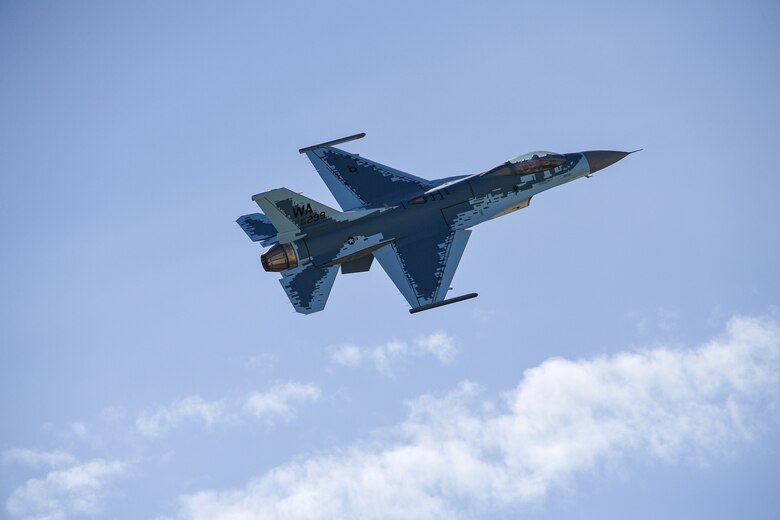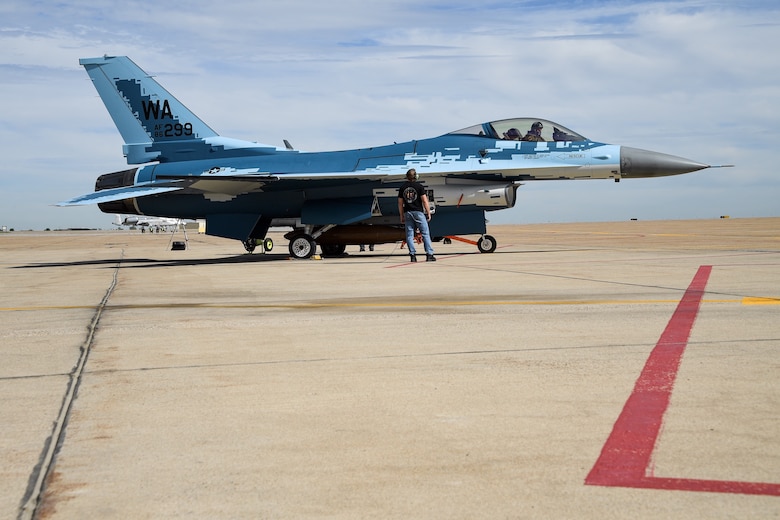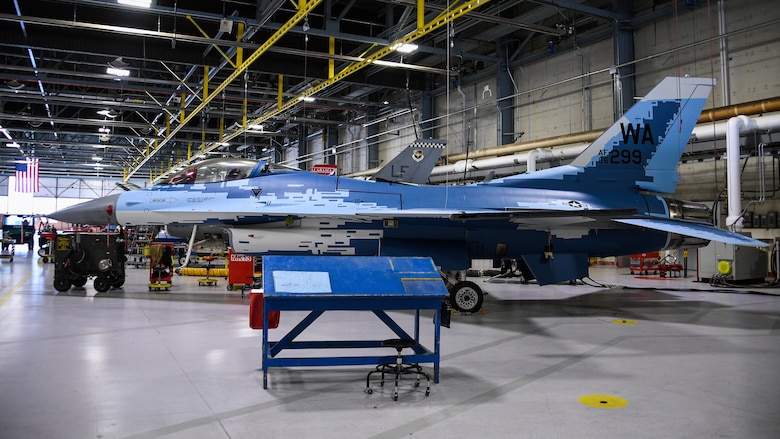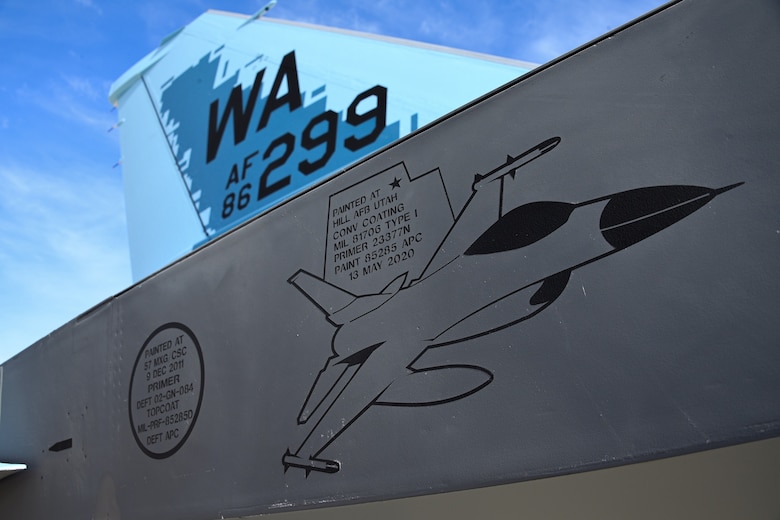A photo of the American made F-16 fighter jet bearing Russian emblems on its wings have become the talk of the town.
Boeing F/A-18 Super Hornet ‘Ready’ For Indian Navy As It Clears ‘Ski-Jump’ Test
The photo was brought to attention by Avia.pro that claims that the picture was uploaded by the US military. The report further said that the home base and the registration number on the tail signifies that it is an American fighter. However, the red stars on its wings are a symbol of the Russian Aerospace Forces.

The “ghost” paint scheme represents the adversary fighter aircraft to train Air force Aggressor Squadron during Red Flag exercises.
According to a US Air Force release, the 576th Aircraft Maintenance squadron painted the jet at the request of the 64th Aggressor Squadron at Nellis Air Force Base, Nevada, that participates in training with Air Force and other aviation branches during Red Flag exercises.
“The paint scheme is intended to replicate an adversary’s fighter jet. The United States, allied, and partner-nation aircrews routinely train against accurate and realistic threats including aircraft painted to replicate those pilots might see in aerial combat,” the release said.
It took 18 hours and 12 people working three shifts to complete the paint job on the F-16. This is seven days more than it usually takes to paint the fighter jet.
“Laying on the flat ground, it was great, but once you get up there with those angles, stuff starts twisting and moving,” Paint supervisor Dallas Porter said. “It’s tougher to get the angles and 90-degree turns, but something like this gets everybody involved, working as a team.”
David Axe of Forbes pointed out that the Russian origin Sukhoi Su-57 was painted in a Splinter scheme for camouflaging, similar to what was used in World War II by the German Army. However, only after a few models, the Su-57 was painted in a two-tone paint scheme similar to the US Air Force did to F-15C fighters in the 1980s, he explained.
Keith Ferris, a prominent designer of warplane paint schemes told The New York Times in 1987 it was important to avoid symmetrical camouflage patterns. He emphasized that the whole idea was to deceive the eye so that even when an enemy caught sight of the plane, he never can be sure what part of the plane he was looking at or how the plane was oriented in the sky.
The fast and agile fourth-generation F-16 combat-proven multi-role fighter jets are considered the most successful cost-effective fighters on the face of the planet, with approximately 3,000 such fighters operational in around 25 countries.
Follow EurAsian Times on Google News









